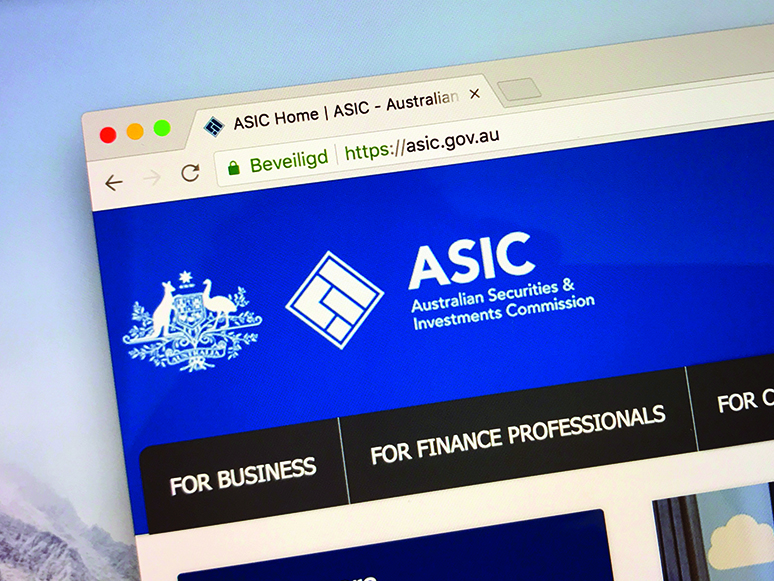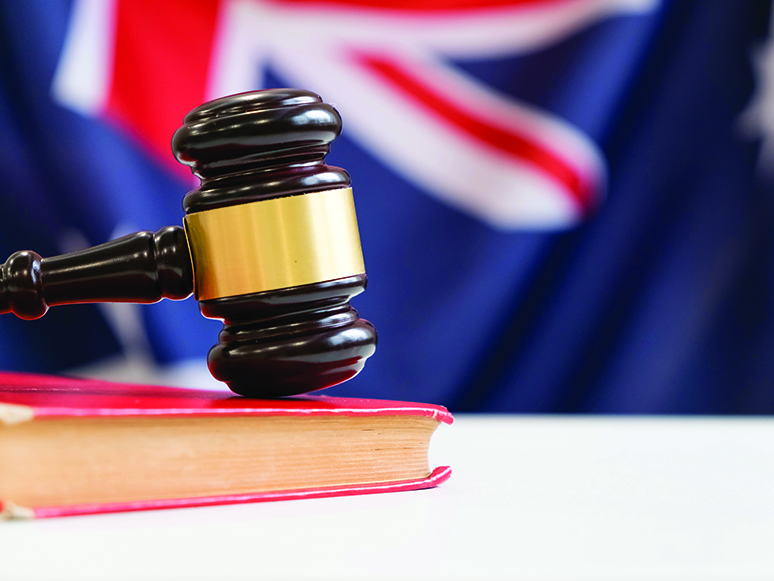logo


17th Oct, 2020

The ATO has updated its COVID-19 and fringe benefits tax (FBT) advice, providing a useful outline of some issues that may arise due to an employer’s response to COVID-19.
Items provided to employees to allow them to work from home (or otherwise offsite) due to COVID-19 will usually be exempt from FBT if they are primarily used by employees for work.
Also, the minor benefits exemption or the otherwise deductible rule may apply if an employer:
The minor benefits exemption may apply for minor, infrequent and irregular benefits under $300.
In addition, the otherwise deductible rule may allow an employer to reduce the taxable value of benefits by the amount that an employee can claim as a once-only deduction.
Employers may have been garaging work cars at their employees’ homes due to COVID-19. There may not be an FBT liability depending on:
Employees’ driving patterns may have changed due to the effects of COVID-19. If an employer uses the operating cost method, it may have an existing logbook. If so, the employer can still rely on this logbook to make a reasonable estimate of the business kilometres travelled. However, the employer can also choose to keep a new logbook that is representative of its business use throughout the year.
The issue of logbooks is also addressed in more detail in the COVID-19 and car fringe benefits fact sheet.
There is also a separate ATO fact sheet on these matters.
An employer will not have to pay FBT if it provides emergency accommodation, food, transport or other assistance to an employee where:
An employer will also not have to pay FBT for benefits that are considered “emergency assistance”.
An employer may need to pay FBT on items it gives employees to help protect them from contracting COVID-19 while at work. These include gloves, masks, sanitisers and antibacterial spray.
The ATO says, however, that these benefits are exempt from FBT under the emergency assistance exemption if employers provide them to employees who:
Where employment duties are not of this kind, the minor benefits exemption may apply if an employer provides an employee with minor, infrequent and irregular benefits under the value of $300.
There is a limited exemption from FBT if an employer provides emergency health care to an employee who us affected by COVID-19.
If an employer pays for its employee’s ongoing medical or hospital expenses, FBT applies. However, if an employer pays to transport an employee from the workplace to seek medical help, that cost is exempt from FBT.
Providing flu vaccinations to employees is generally exempt from FBT because it is work-related preventative health care.
COVID-19 testing also qualifies for the FBT exemption for work-related medical screening, under ceration conditions.
An employer will not have to pay FBT if it is required to pay non-refundable costs for cancelled events that its employees were due to attend.
However, an employer may have to pay FBT if its employees were required to pay for their attendance at the cancelled event and the employer reimbursed them. This would be an expense payment fringe benefit – unless the otherwise deductible rule applies.
17th Oct, 2020

The ATO has also released an array of new and updated information sheets addressing the changes to JobKeeper. Here is a summary of some main points to consider.
The ATO states that the actual decline in turnover test can be satisfied in two ways, using:
The basic test involves the comparison of actual GST turnover for the relevant comparison periods (eg September 2020 to September 2019). Generally, businesses will use the basic test. The option of an alternative test has been made available for some cases where the normal comparison period is not appropriate. There is also a modified basic test for group employer labour entities.
The actual decline test is similar to the “original” decline in turnover test, except that:
The ATO states that existing JobKeeper participants have already satisfied the original decline in turnover test, and do not need to satisfy it again. They do, however, need to satisfy the actual decline in turnover test.
New participants also need to satisfy the actual decline in turnover test. Although they need to satisfy the original decline in turnover test, they will satisfy it if they satisfy the actual decline in turnover test – and they can enrol on that basis.
Employers now unable to claim JobKeeper should notify their eligible employees. Employees should also be advised that the employer is no longer obligated to pay them the amount equivalent to JobKeeper. Those employees will not be eligible to be nominated for JobKeeper by any other entity.
There is no obligation to do monthly reporting during extension period in which an employer is not eligible to receive JobKeeper.
For the JobKeeper fortnights starting 28 September 2020 and 12 October 2020 only, the ATO is allowing employers until 31 October 2020 to meet the wage condition for all employees included in the JobKeeper scheme. In addition, to claim payment for the September JobKeeper fortnights, employers must have enrolled by 30 September.
The ATO states that a full-time employee who has been employed for their full 28-day reference period will usually satisfy the 80-hour threshold.
However, closer examination may be required for eligible employees who are:
If an employee has been stood down, an alternative reference period may apply to them.
Any overtime performed by an employee in the course of their employment in their 28-day reference period will count towards the 80-hour threshold. It is the actual hours of overtime performed that count; that is, if a penalty rate loading applies, it does not increase the number of hours counted.
Employers cannot claim for employees who:
If employees have multiple employers, they can usually choose which employer they want to be nominated by. However, if employees are long-term casuals and have other permanent employment, they must choose their permanent employer. They can’t be nominated for the JobKeeper payment by more than one employer.
Employers must also have given a JobKeeper employee nomination notice to any additional employees who first become eligible on or after 3 August 2020 using the 1 July test. This should have been given to any newly eligible employees by 24 August 2020. If not already done, the ATO says it should be done as soon as possible.
17th Oct, 2020

The end date of the JobKeeper scheme has now been extended from 27 September 2020 to 28 March 2021, as announced by Prime Minister Scott Morrison on 21 July 2020. The relevant legislation also amends tax secrecy provisions in relation to JobKeeper and extends certain provisions of the Fair Work Act 2009 implemented in response to COVID-19.
From 27 September until March 2021, there will be a two-tiered JobKeeper payment:
The employment reference date has also been extended from 1 March to 1 July 2020 via a change in the statutory rules.
The law now requires that an eligible financial service provider issues a written certificate that relates to a specified employer, stating that the employer satisfied the 10% “decline in turnover test” for the designated quarter applicable to a specified time.
The period for payment of the COVID-19 Supplement has now been extended from 25 September to 18 December 2020, but at the reduced rate of $250 per fortnight (down from $550). This measure was announced by Federal Treasurer Josh Frydenberg on 21 July 2020. A further instrument will be made to extend the COVID-19 Supplement from 19 December to 31 December 2020.
The income-free area is temporarily increased to $300 a fortnight for certain JobSeeker Payment recipients for the period 25 September 2020 to 31 December 2020, and the partner income taper rate for JobSeeker Payment recipients has been adjusted.
As part of the Economic and Fiscal Update in July 2020, the Government announced that it would extend the application period to allow those dealing with adverse economic effects of COVID-19 to access up to $10,000 of their super (tax-free) for the 2020–2021 year. This has now been achieved, allowing an application via the myGov website to access $10,000 of super until 31 December 2020 (extended from 24 September).
The Government has announced that it will extend its temporary insolvency and bankruptcy protections until 31 December 2020. Federal Treasurer Josh Frydenberg said that regulations will be made to extend the temporary increase in the threshold at which creditors can issue a statutory demand on a company and the time companies have to respond to statutory demands they receive.
The changes will also extend the temporary relief for directors from any personal liability for trading while insolvent.
17th Oct, 2020

The Australian Securities and Investments Commission (ASIC) has announced new relief measures for operators of managed funds to facilitate withdrawals by members who are facing financial hardship during the COVID-19 pandemic.
The conditional relief will apply to all responsible entities (REs) of registered managed investment schemes (MIS) that have become “frozen funds”.
At times of extreme market volatility, some managed funds may need to suspend redemptions and freeze funds to protect the interests of the members as a whole. A fund is frozen when the responsible entity has suspended or cancelled redemptions to prevent withdrawals from destabilising their fund. When a fund is frozen members will generally not have access to their investments for a period of time. This does not necessarily mean that there has been a loss of asset value or that investors will not get their money back eventually.
The relief measures will ease some of the statutory restrictions on REs and improve access to investments by members who meet specific hardship criteria. REs will still have to act in the best interests of members.
17th Oct, 2020

With recent changes to Australia’s superannuation law, the “choice of super fund” regime now extends to employees covered by enterprise agreements and workplace determinations made from 1 January 2021.
Federal Treasurer Josh Frydenberg has said this will allow another 800,000 people to make choices about where their super guarantee contributions are invested, representing around 40% of all employees covered by a current enterprise agreement. The measure was originally announced as part of the Government’s response to the Murray Financial Services Inquiry (FSI) in October 2015.
17th Oct, 2020

The ATO has reminded employers that the superannuation guarantee (SG) amnesty closed on 7 September 2020. The amnesty enabled employers to self-correct historical SG underpayments, without incurring the normal penalties, for SG shortfalls from 1 July 1992 until 31 March 2018.
Any amnesty applications received by the ATO after 11:59pm on 7 September will not qualify for the amnesty and but instead will be treated as a standard lodgment of a super guarantee charge (SGC) statement.
The ATO will notify late applicants in writing of the quarters that aren’t eligible for the SG amnesty and charge the administrative component ($20 per employee per quarter), also considering whether to remit the additional SGC penalty (up to 200%). A minimum penalty of 100% will apply if the ATO subsequently commences an audit in respect of non-disclosed quarters covered by the amnesty.
The ATO will issue a notice of amended assessment with the increased SGC amount owing. Any SGC payments made after 7 September 2020 are not deductible, even if they relate to SG shortfalls disclosed under the amnesty.
To retain the benefits of the amnesty, the law requires an eligible employer to pay the outstanding SGC amount in full or enter into a payment plan with the ATO. Note that the SGC amount disclosed in an amnesty application must be paid to the ATO (not the employee’s super fund).
Amnesty payments made after 7 September 2020 are not deductible (including amounts paid under a payment plan after 7 September). If an employer is subsequently unable to maintain payments under a payment plan, the ATO will disqualify the employer from the amnesty and remove the amnesty benefits for any unpaid quarters.